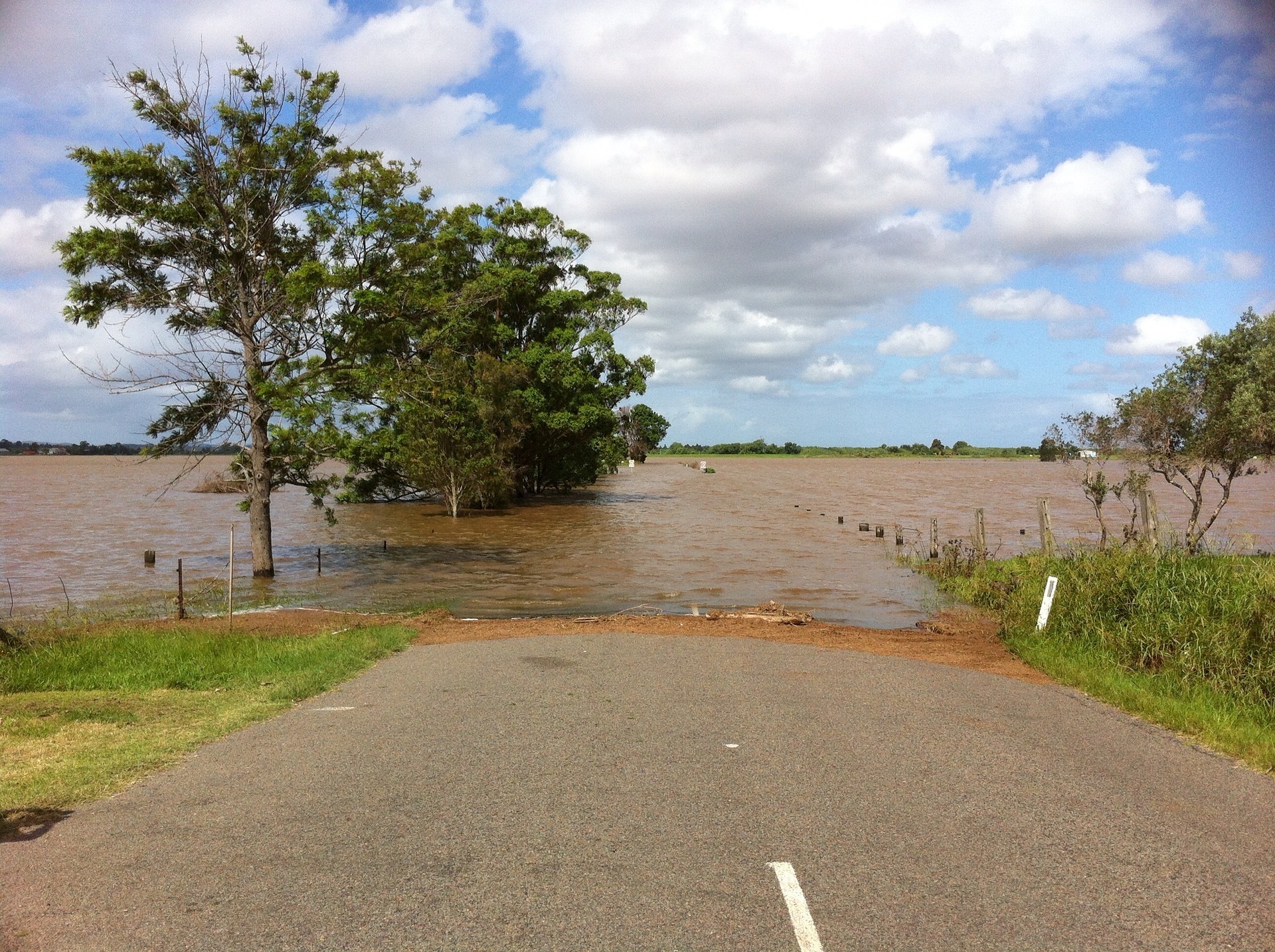
Ōtautahi – La Niña has persisted across much of Aotearoa all year and it has been a key climate driver, delivering all sets of record, most of them wet.
Rainfall extremes have been a dominant feature so far in 2023. Not only have northern and eastern parts of the North Island been subjected to series of consecutive rainfall events that each delivered a typical month’s worth of rainfall.
Extreme weather events such as unusually heavy downpours have caused widespread upheaval across New Zealand and the globe this year.
In the last three months, rains unleashed disastrous flooding in Bangladesh. Episodes of heavy rainfall are becoming more common and more intense. Scientists are having a harder time figuring out climate change.
On a global scale, the frequency of storms hasn’t increased. However, cyclones are now more common in the central Pacific and North Atlantic, and less so in the Bay of Bengal, western north Pacific and southern Indian Ocean, an Oxford University study says.
There is also evidence that tropical storms are becoming more intense and even stalling overland, where they can deliver more rain on a single area.
Rainfall totals have been above normal in most regions. For example, the southern half of Northland, Auckland, the Coromandel Peninsula, western Bay of Plenty and parts of Hawke’s Bay each received at least 400 percent of normal rainfall so far this year.
Several stations in Auckland received more than 600 percent of normal rainfall, with the highest anomaly of 859 percent recorded in Māngere.
While rainfall was below normal earlier this summer in the South Island, recent series of heavy falls have been exceptional on both the West Coast and Canterbury.
The highest temperature was 34.2°C, observed at Cromwell on 29 January, and Alexandra on 31 January.
February rainfall was nothing short of exceptional in the North Island. Substantially above rainfall has hit most of the North Island, eastern Marlborough, northern and middle Canterbury, and parts of the central and lower West Coast, and inland Otago.
Parts of southern Northland, Auckland, Gisborne, Hawke’s Bay, and coastal Wairarapa received at least 400 percent of the normal February rainfall.
February 2023 will go into the record books as a month during which Aotearoa New Zealand experienced one of its worst weather disasters in modern history, by way of an ex-tropical cyclone.
On 13 and 14 February, cyclone Gabrielle passed just offshore of the northern North Island, exposing much of the island to extreme rainfall and river flooding not seen in many years, catastrophic wind damage, and substantial storm surge.
The overall figures for March and with it the total so far for the year, will be fascinating.

